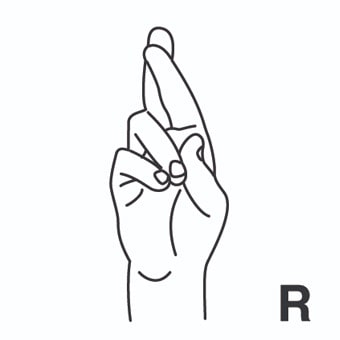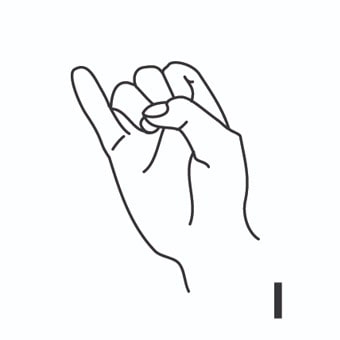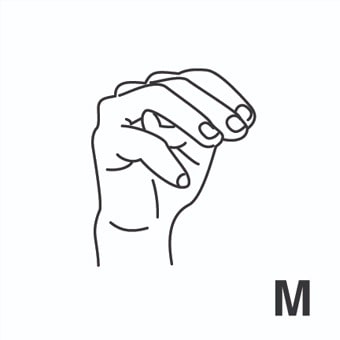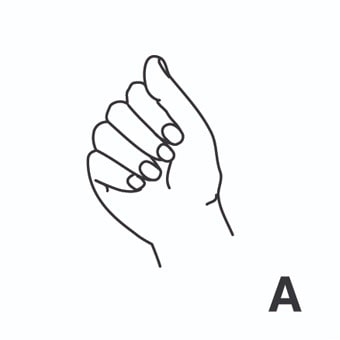Rhyme in spanish
Rima
pronunciation: rimɑ part of speech: noun
pronunciation: rimɑ part of speech: noun
In gestures




rhyme1 = rima.
Example: For instance: rhyme is still RIME; gypsy is spelled G-I-P -- most of us are instructed to spell it 'g-y-p'.more:
» nursery rhyme = nana, canción infantil, canción de cuna.
Example: Listening to stories, poems, nursery rhymes, nonsense, while occupied with a loved adult in a comforting activity, acclimatizes the infant to the rhythms of prose and poetry.» there + be + no rhyme or reason = no tener (ni) orden ni concierto, no tener lógica ni explicación, no tener (ni) pies ni cabeza, no tener (ni) ton ni son.
Example: There's no rhyme or reason to her choices, she's the only one who knows why she chooses the way she does.» without rhyme or reason = sin orden ni concierto, sin lógica ni explicación, sin pies ni cabeza, sin ton ni son, a tontas y locas, al tuntún.
Example: Many disliked the movement, which was abstract and appeared to be without rhyme or reason.rhyme2 = rimar.
Example: The top and bottom of the book are known as the head and tail respectively, and the front is the fore-edge (rhymes with porridge); similarly the margins round the type on each page are called the head, tail, outer (at the fore-edge), and inner margins.